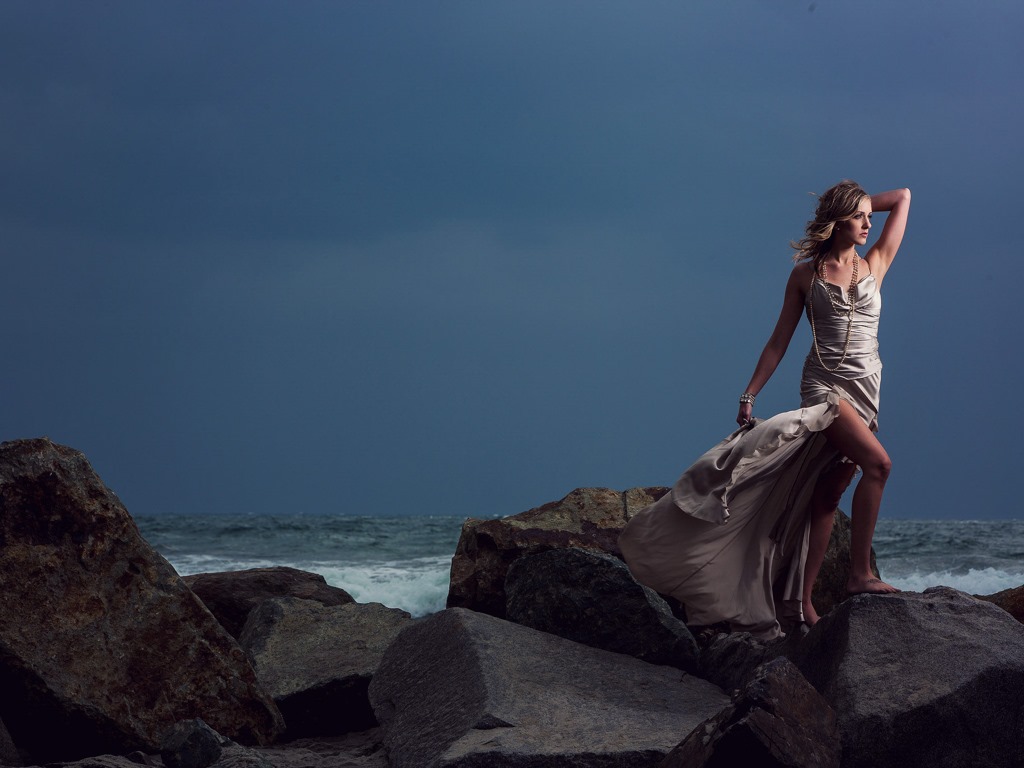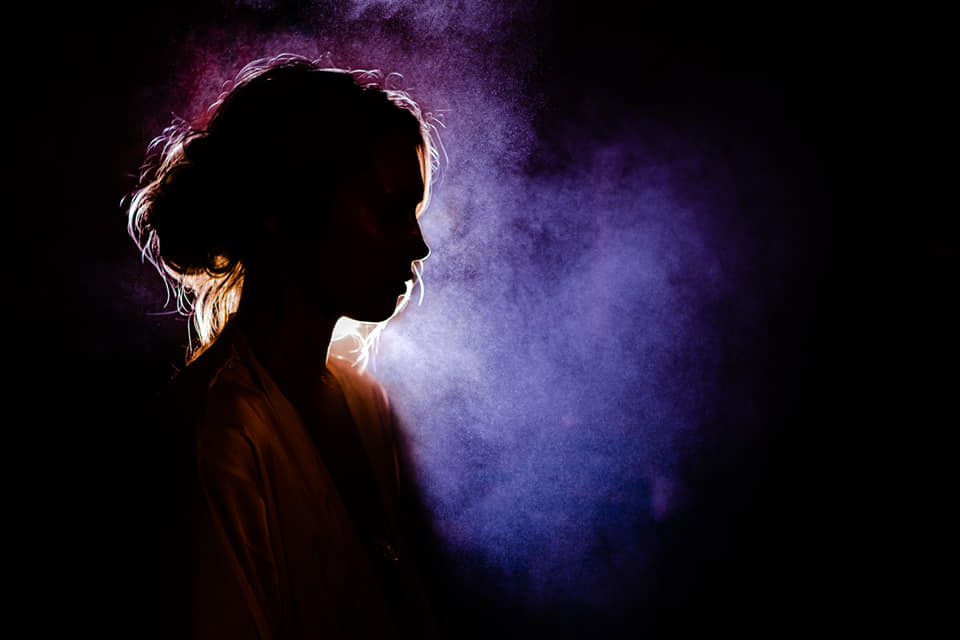4 Reasons Why You Should Use High Speed Sync
High Speed Sync can be a difficult concept to grasp when you are first starting out and incorporating flash into your work. We wanted to break it down and feature some incredible work from our community to help you understand why you should use HSS for flash photography. If you need more background on HSS and what it means, our Lighting 101 course covers that in full!
1. To Control Ambient Light
If you want to maintain a shallow depth of field and you are already at your lowest ISO, you’ll need to speed up your shutter speed to darken your ambient light. Cameras have what is called maximum shutter speed sync – the fastest shutter speed you can set on your camera where both curtains will fully expose the sensor when using flash and avoid the black bands. Most cameras have this setting at 1/180th of a second or 1/200th of a second. Using HSS while speeding up your shutter speed yields dark & dramatic ambient light as you’ll see in some of these examples below.
Jared Gant – Website | Wedding Maps Profile
Jesse La Plante – Website | Instagram

Matt Gruber – Website | Instagram

2. Maintain A Shallow Depth of Field
Portrait and wedding photographers love using their primes lenses as a compositional tool to blur out backgrounds with a shallow depth of field. The main issue with this choice is that when shooting in bright daylight you’ll need to compensate with your exposure settings to arrive at the correct exposure. It’s possible to use an ND filter to maintain a shallow depth of field without having to stop down, however, this could result in loss of quality depending on the type of filter you choose to use. If you don’t want to stop down to f/16 (and get literally everything in focus, defeating the purpose of your prime lens) then use HSS!
Pye Jirsa – Website | Instagram

Matt Gruber – Website | Instagram

3. Overpower Harsh Sunlight
Working on peak afternoon sunlight is definitely not every photographers’ dream. While we crave golden hour lighting at all times, sometimes you are forced to work with time constraints and you have to figure out how to make it work. One of the most popular ways to overpower sunlight is to use a high-powered strobe in HSS mode. You’ll need a lot of power to combat the harsh sun, a minimum of 200 w/s, and likely will need to composite out your light and stand because it will need to be very close in proximity to your subjects. Here are some examples of that technique:
Matt Gruber – Website | Instagram

Rohit Gautam – Website | Instagram
4. Capture Motion in Bright Daylight
Since most cameras have a flash sync speed of 1/200th of a second, it can be hard to capture any type of fast-paced movement. Using HSS allows you to speed up your shutter to catch the motion. Here are a few examples of how wedding & portrait photographers use HSS to capture motion:
Trevor Dayley – Website | Instagram
Trevor does a great job in showing the flowy movement of the dress using HSS.
Jason Vinson – Website | Instagram
Related Articles to High Speed Sync (HSS) Definition

HSS vs ND Filters | The Best Way to Sync Flash

Athletic Portraits Using High Speed Sync | Slice of Pye

Solving A Common Off-Camera Flash Problem: The Black Band















